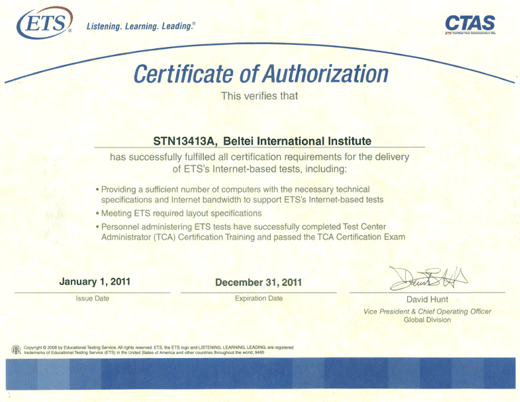

Some scientists, in fact, have made a whole study of banana domestication and movement around the world.

When a double-chromosome pollen combined with a single-chromosome egg (or vice versa), the result was a hopelessly sterile plant with even more vigorous fruit.Įvents like this happened more than once and sometimes included other types of ancestral banana species. Every now and again, the few viable eggs and pollen that they made would mistakenly contain two sets of chromosomes instead of just one. Then (for most bananas, including the Cavendish) came another chance event that caused the hybrids to end up with three sets of chromosomes.At some point, the hybrids developed the ability to set fruit without being fertilized.The hybrids were kept going without sex through propagation of their shoots.A bit like mules, the hybrids were vigorous but fairly sterile. Thousands of years ago, two wild banana species from different parts of the islands of Southeast Asia were brought into the same range by people.The changes occurred stepwise, and went something like this: The others came from other subspecies of Musa acuminata. The sterile Cavendish is a so-called triploid: It has three sets of chromosomes instead of the normal two. It's a key species in the complicated evolution of the bananas and plantains people eat around the world, including the Cavendish banana that we buy at the supermarket. The banana genome sequenced by the French scientists was from the Pahang, a wild Malaysian banana of the species Musa acuminata. "One can ask, will changes occurring in the world's climate now mean there's going to be a whole set of new genome duplications that will enable plants to survive? We don't know that, but it's interesting to consider." "Perhaps it's the reason done so well in the subsequent millions of years," Heslop-Harrison said. And there's more room for adaptability to new circumstances, because one gene could be altered and co-opted for new purposes and there would still be the other one left to perform the original job. Having more than one gene of each type means that if one gene of a set loses function, the plant still has another one that works.

Scientists don't know why, but they believe having extra copies of genes may have imparted some stability to plants during a time of rapid climate change after an asteroid hit Earth. Two of the doublings took place at the Cretaceous-Tertiary boundary 65 million years ago, back when the dinosaurs and lots of other species went extinct, Heslop-Harrison noted.ĭuplications like this are known to have happened in other plant groups at this same time but haven't occurred since, Heslop-Harrison said. And, intriguingly, three times since this genus of giant herbs took an evolutionary turn away from its relatives - the grasses - it has duplicated its entire set of chromosomes. There are whole sets of DNA repeats that plants normally have but bananas do not.


 0 kommentar(er)
0 kommentar(er)
